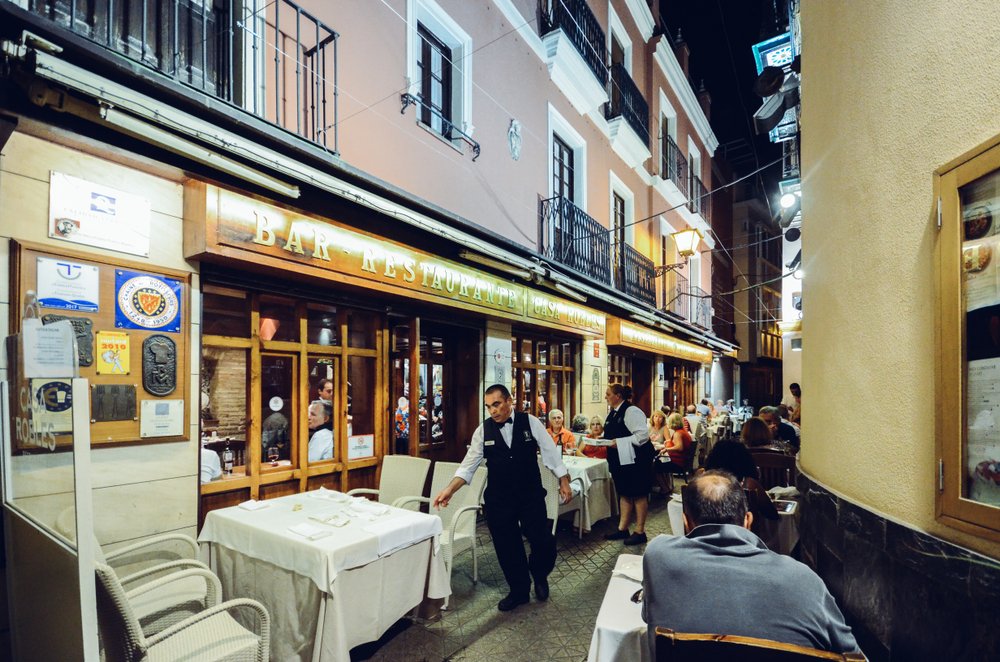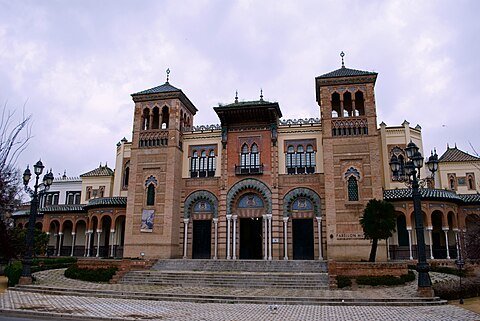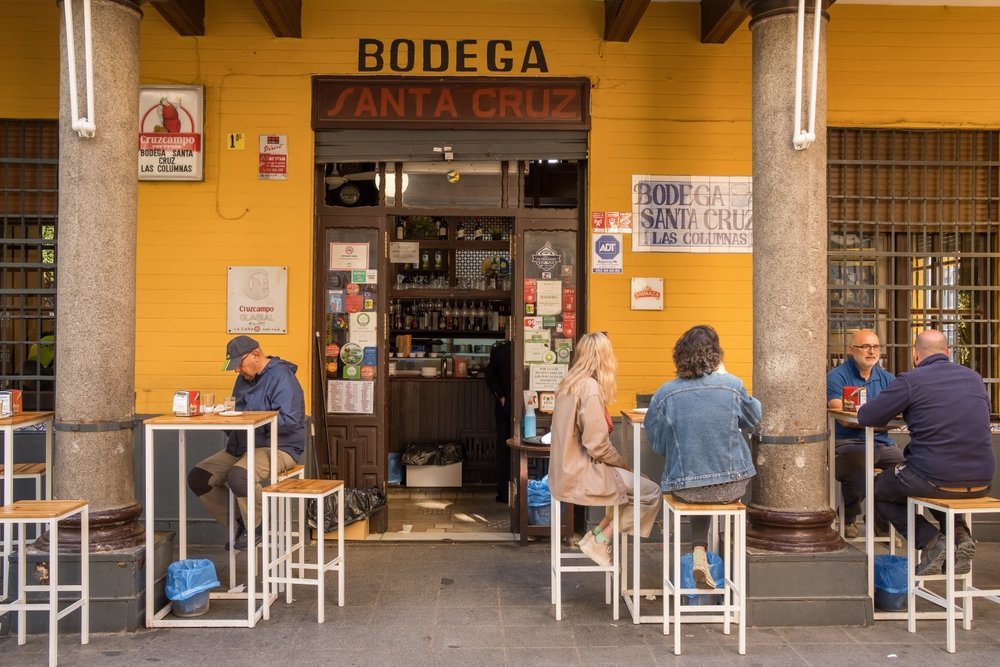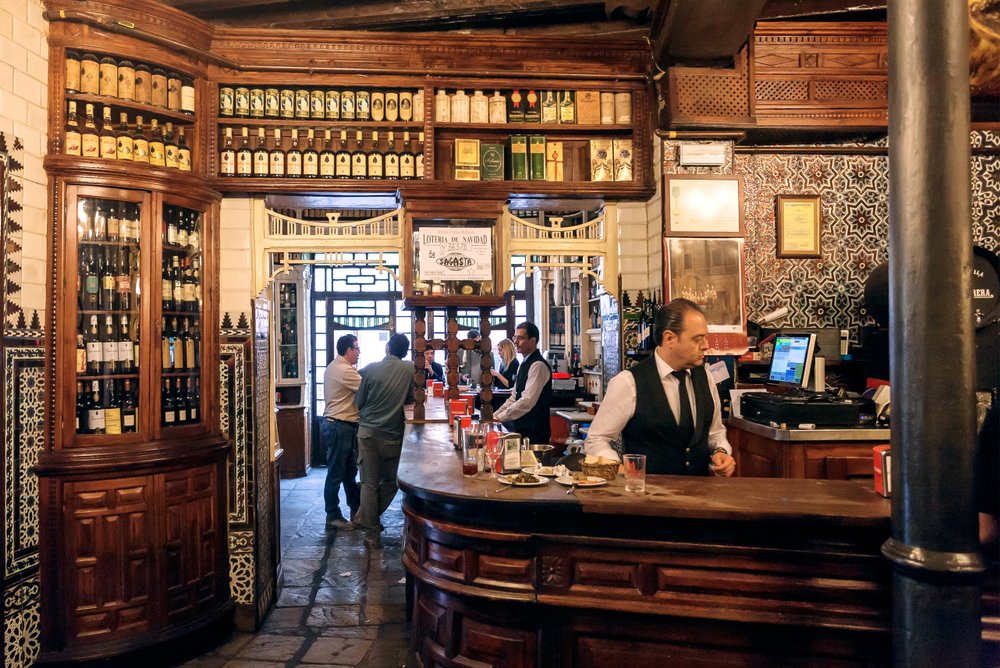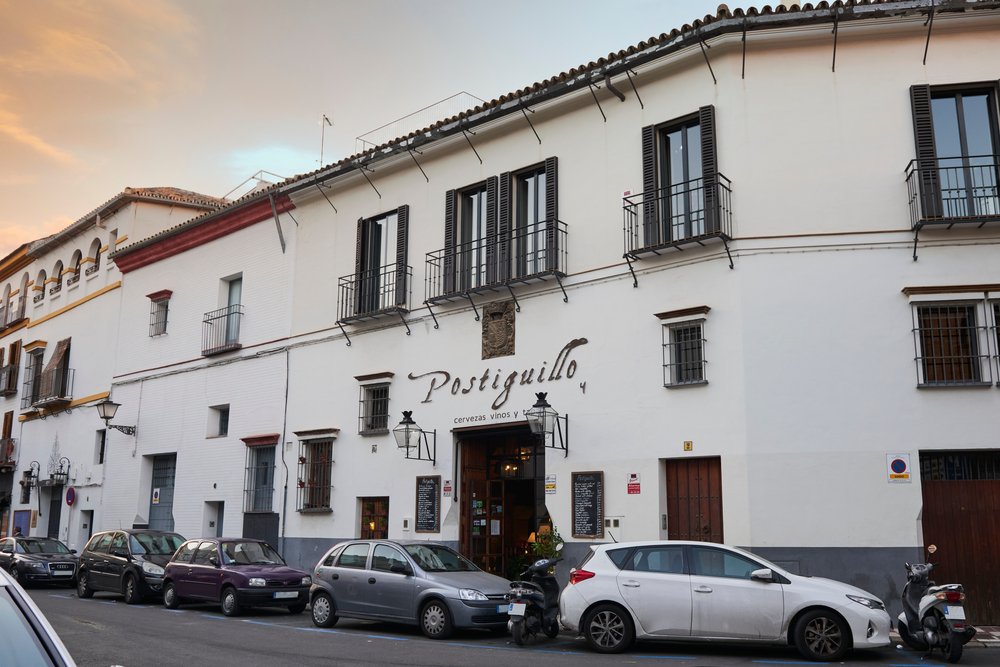The Museum of Arts and Popular Traditions of Seville, established in 1972, is dedicated to Andalusian ethnological heritage, both tangible and intangible. Its exhibits showcase objects and tools that document the customs, knowledge, and ways of life typical of the regions traditional culture.
The museum is housed in the Mudejar Pavilion, a building designed by architect Anibal Gonzalez for the 1929 Ibero American Exposition. Its location in this pavilion is due to the partial, and later full, transfer of the building by the Seville City Council to the State.
Its most important collections include ceramics, clothing, and artisanal activities from Andalusia. Additionally, the Aguiar collection of genre painting, the Soria collection of Oriental ceramics and ivories, the Gestoso ceramics collection, and especially the Diaz Velazquez collection of lace and embroidery stand out. The latter is one of the most important in Europe and, with nearly 6.000 pieces, could form an independent monographic museum on its own.
Moreover, the Seville City Council has deposited its collection of original posters from Seville’s spring festivals in the museum. Noteworthy additions from the past decade include the acquisition of the Loty collection, which consists of over 2,000 antique glass plates depicting Andalusian cities and life from the early 20th century until 1936, two toy collections, and a collection of more than 7,000 postcards.
On the museums main floor, the central hall is dedicated to temporary exhibitions. The facilities open to the public include, in addition to the permanent and temporary exhibition halls, a recreation of a wine cellar from the County of Huelva, an audiovisual room where visitors can watch documentaries on traditional Andalusian life, a room for educational activities, and a library specializing in Anthropology and Museology. There is also a computer station that offers a program to consult the Loty photography collection.
